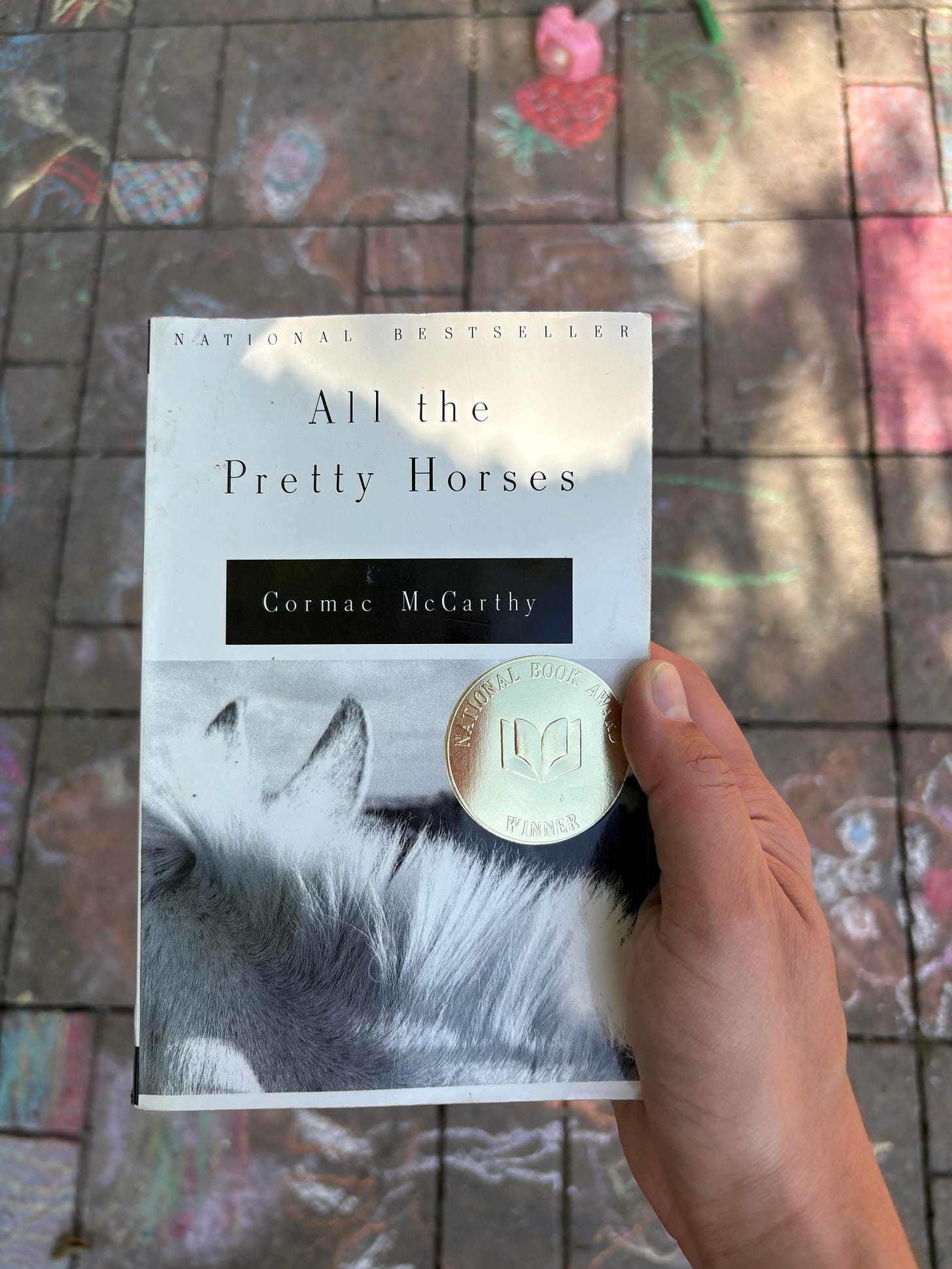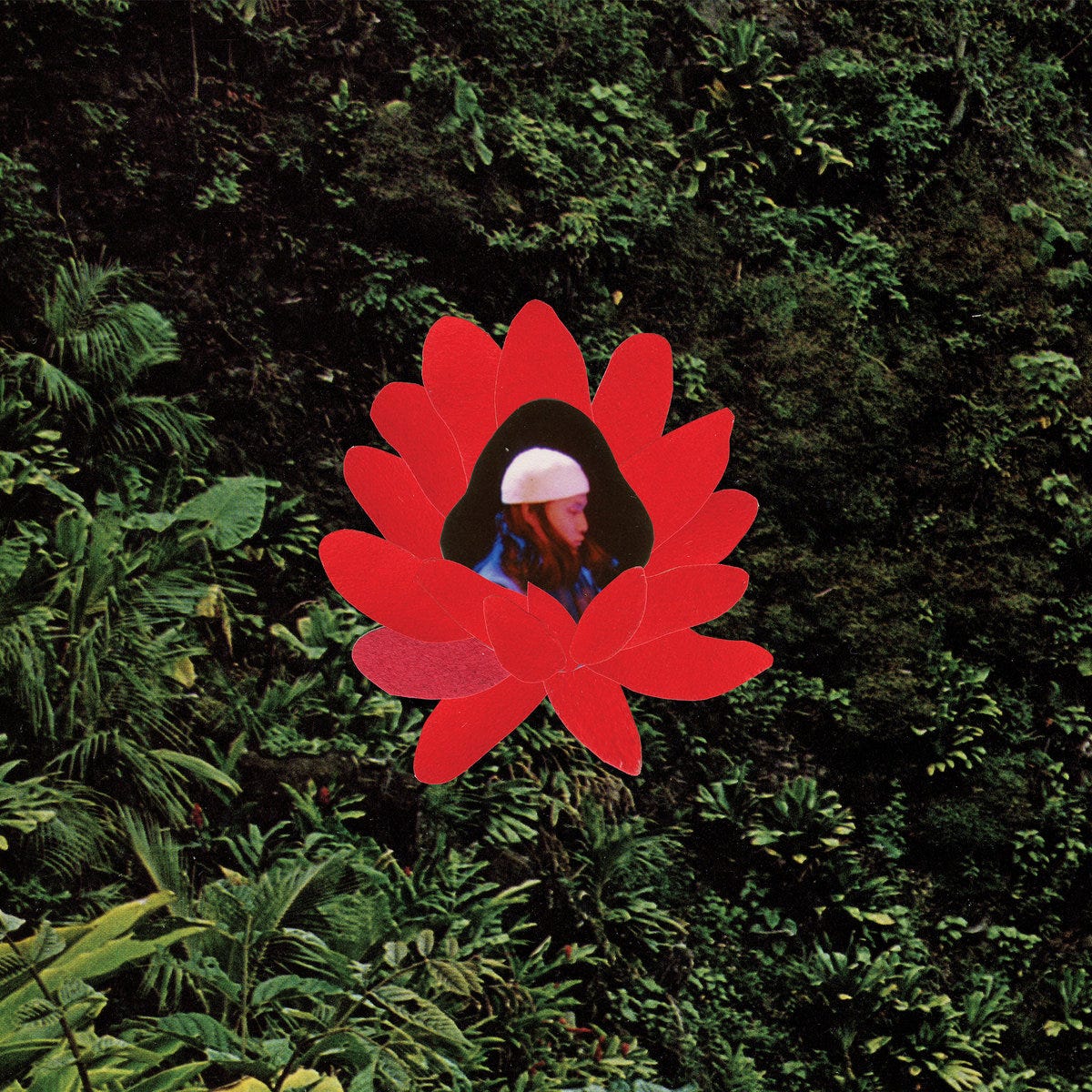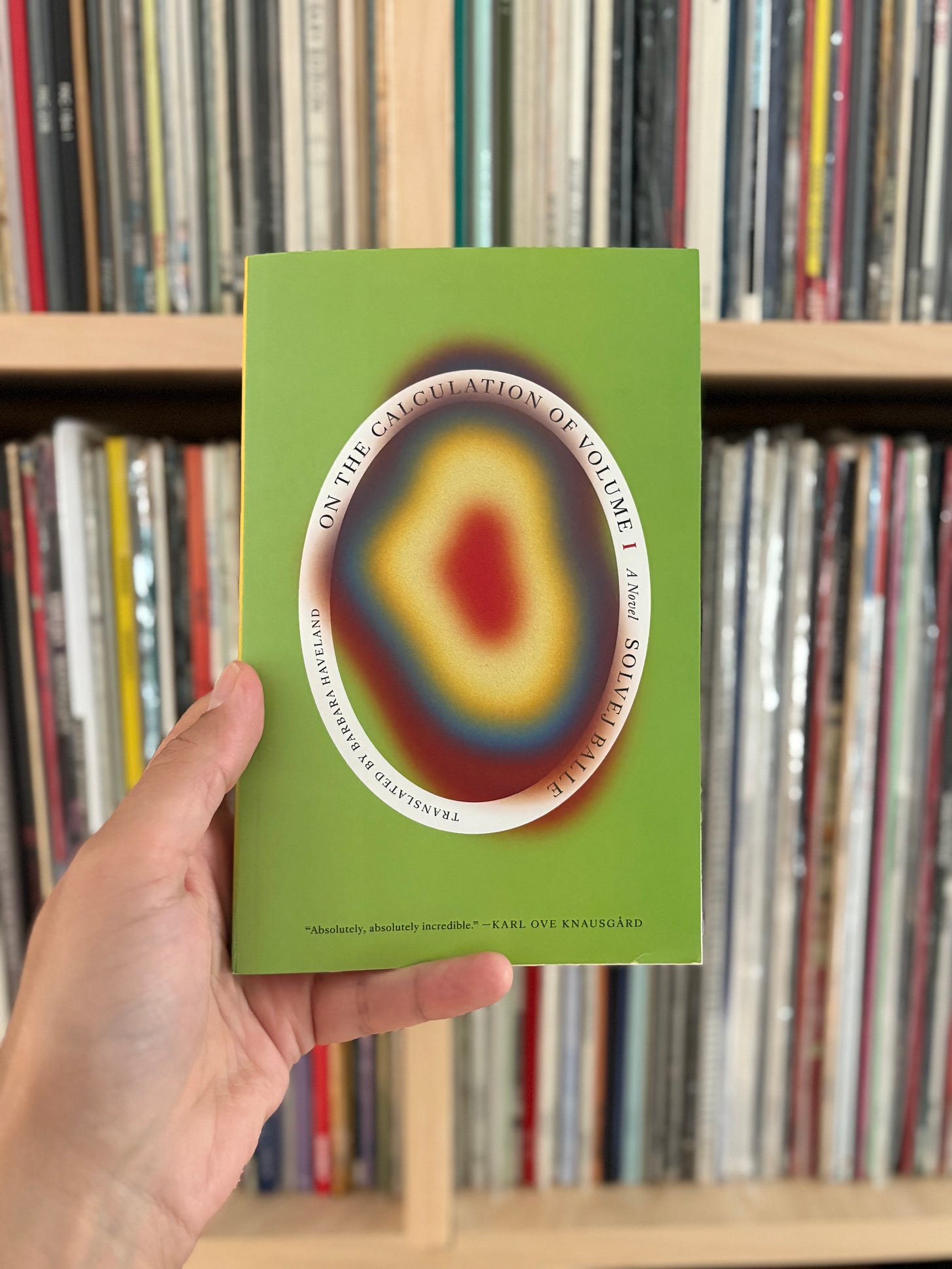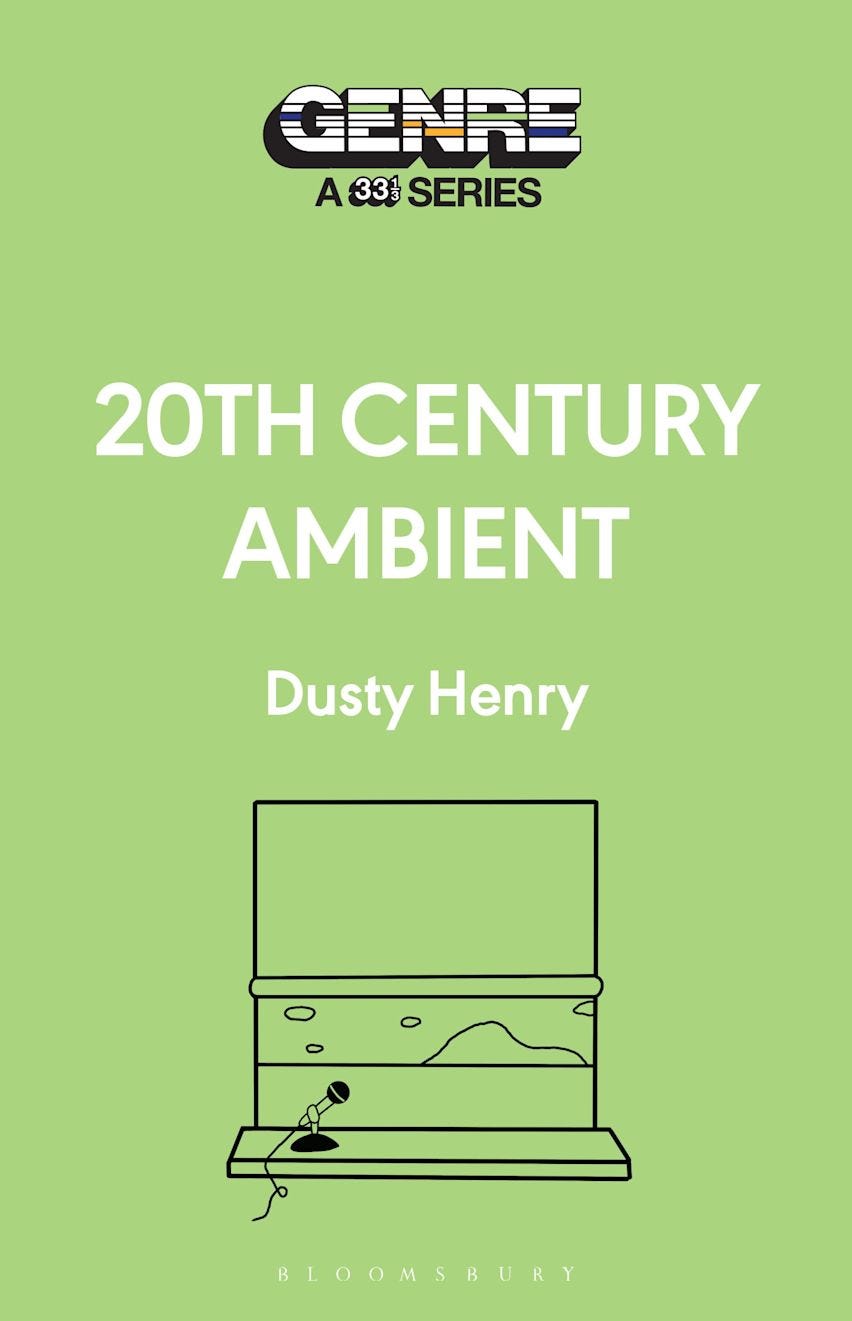The Lonesome Crowded Western: On Country Revivals, Folk Realities, and Authenticity
Grounding through Hayden Pedigo, Bill Fox, and Bluegrass
I wake up to a churning thud, thud, thud. Hay mingles with my hair, cool metal beneath me. Muffled is the chatter of crowds, distant banjos and fiddles rising and falling. I look up to see my grandparents, holding the handles. I’m in a wheel barrow, my small body fitting nearly within the metal bucket, being ushered into a world of folk chaos and wonder.
This is one of my earliest memories. Fragmented it may be, it’s stuck with me. Maybe also because family loved to recount the story too. My grandparents in particular loved to remind me “where I come from,” and would later tell me “you’re a city boy now, but you grew up country.” Which was always kind of funny to me knowing that I grew up in a mid-sized town on the Peninsula, not a farm. But also, I kind of know what they mean. Their house in the woods and the company they kept felt far isolated from the rest of the world in a few different senses. The constant bluegrass and country soundtrack emphasized this idea.
Much of my earliest memories of music revolve around bluegrass and bluegrass festivals. For the uninitiated, a bluegrass festival is far from the conventional “music festival” fare we’re used to. At least the ones I grew up around. In a lot of ways, they were more akin to what I’d experience much later in life in punk DIY scenes. Makeshift stages, borrowed PAs (if they’re even needed), and lots of, let’s say, folksy debauchery. As most bluegrass fans will tell you, the real show happens in the campgrounds where people will spend the whole weekend in picking circles, jamming at all hours.
My grandparents threw legendary bluegrass festivals in their yard. I was only alive for the last one they did in the early 90s and my memory of it is vague. The woods around their house were filled with tents and campers. Music abounded at every corner of the forest that surrounded their small house. The closest thing you could compare it to is something like Bilbo Baggins’ birthday party in The Fellowship of Ring. In my hazy memories, I vaguely recall “playing” the washboard in a picking circle wearing a Chicago Bulls jersey.
My grandpa primarily played stand-up bass, and still gets called in from time to time for festivals up in Canada. He learned bluegrass from his cousin, a musician with promise who died young in a car wreck. My mom plays guitar and could rip on the mandolin when she was younger. Whenever I hear a bluegrass standard like “Under the Double Eagle” I feel transported. And also, I’ve seen a lot of people shred guitars in my day. But no one shreds like a bluegrass musician.
Bluegrass is in my blood, but I can’t say I followed the footsteps laid before me. But it’s been on my mind lately. It’s a foundation that I’ve built much of my creative life around that I’m only starting to understand. In terms of taste, I certainly veered away initially – punk and indie rock and whatever “alternative” music was out there gripped me in my early. But I started to forge my own path back through folk music with artists like Rocky Votolato, Nick Drake, and Elliott Smith. Decidedly not bluegrass, but the acoustic instruments and stripped back performances felt familiar, like a homecoming of sorts. For Votolato in particular, when he’d veer into country with albums like The Brag & Cuss, it made it hit home but also felt like it was a version of that music I could call my own.
It sent me looking through my grandparents old records, immersing myself in country legends like Johnny Cash, Emmylou Harris, Dolly Parton, Hank Williams, and so on. I discovered on my own The Louvin Brothers’ Satan Is Real, famed for its hilarious, so-bad-its-good album cover, but also the incredible harmonies between the two God-fearing brothers. In my 20s, I’d dub this my “hangover album,” putting it on after a night of drinks to ponder hell and damnation. Satan is real, and he was $5 mojito happy hour at La Isla in Ballard.
While I didn’t care for much of the modern country I was hearing on the radio at the time (and I’ll still say politely, it’s mostly still not my thing) I felt something in these older records that felt akin to what I felt at bluegrass festivals. Profoundness in its simplicity, earnestness in its writing, skill in performance. Authenticity. Something I’ve come to crave and cherish.
I’ve been thinking about all this a lot as we’ve been in the midst of a major country music revival in mainstream music. Country music, as an industry, has never really gone away. The genre has stayed massive for generations, having its own awards shows, music channels, stations, and culture apart from the rest of popular music. But every now and then country dips its toes back into the “broader public conversation” with crossover artists like Garth Brooks and Taylor Swift who galvanized fan bases and turned heads toward countries direction. It’s been particularly heartening seeing the reclamation of the Black roots in country music. Beyonce crafting her own country opus that pays homage to the Black women in the genre that came before her, Alice Randall cementing her legacy in her book My Black Country: A Journey Through Country Music's Black Past, Present, and Future, artists like Shaboozey scoring massive hits.
But it’s left me wondering why this is all happening now. Music trends tend to be cyclical, even if a genre never really goes away. I was recalling the last time I remember country having a major crossover boom in the early 2000s, after the 9/11 attacks and the beginning of the Iraq war. Then it seemed clear. This was “patriotic music,” American music. I think that could be at play today too. Especially as time circles around again and we find ourselves watching the news as U.S. bombs drop in the middle east and the uncertainty twisting in our guts wondering, “what’s going to happen?” Everything repeats.
If I have blind spots, it’s not paying close enough attention to the top of the charts. But even still, I feel the country revival making its way to my ears. And not just country, but it’s cousin folk and bluegrass too. The other night I found myself on the couch until 1 a.m. watching clips of Billy Strings shred on his acoustic guitar. And beyond that spectacle, I’ve found myself leaning into works like Hayden Pedigo’s excellent new album, I’ll Be Waving As You Drive Away. The record is centered on Pedigo’s guitar playing, all instrumental (exception on the vinyl version of the album where on the final track her charmingly reads the credits of everyone involved in the project).
I listened to Pedigo a lot as I recently read through Cormac McCarthy’s All the Pretty Horses. It was my first time reading his work, a long blind spot outside of the film adaptations of No Country for Old Men and the like. I’ve been aware of his more “intense” books like The Road and Blood Meridian and I do intend to go through those, but something about this book called to me. My grandmother loved westerns and I realized I don’t think I’d ever read one. The title felt poetic and the prose matched that feeling once I dove in.
There’s a lot to be said (and has been said) about that book and I don’t intend to recount it all here. But the idea of a young John Grady Cole and his buddy Rawlings leaving home, traversing the vast Southern landscapes of Texas and Mexico on horseback – especially when cars and highways already exist at this point – feels like it captures something innate in the human spirit. A desire to find something more. To shed convention of daily monotony and find a deeper meaning, a place to belong.
It’s an idea that’s more romantic in idea than practice, as McCarthy’s characters certainly find out. But the way McCarthy writes sparsely about the sparse terrain, the quick and easy dialogue, the poetry that comes from saying very little at all – the writing evokes that feeling of the possibilities of an endless horizon.
The last time I wrote about cowboys, I was focused on this need or compulsion to push boundaries, to find new horizons. But now I’m starting to wonder if it’s not so much about seeking out new horizons as it is being beckoned by the horizon itself. Something unattainable. A beautiful mystery just always out of reach. Because once you reach it, you find it only really exists from far away.
But again. Why? Why am I finding myself reading McCarthy’s books about cowboys? Or Wendell Berry’s passionate essays about farming? Why are so many of us taking to country music when so much of our lives are centered on screens and mainlining social media engagement?
Maybe my questions are begetting the answer. My day-to-day life couldn’t feel further from a cowboy or a farmer. And yet the philosophies of both speak to me because of the distance I have from them. These idealist visions of a life better spent with the land, either cultivating or traversing. In the case of Berry, it’s certainly made me consider more how well I treat the environment around me and to understand its history better. For McCarthy, it reminds me that the soul wants to seek. The yearning for more is a part of what drives us to find more in ourselves.
I can’t help but think that maybe, there’s some of that happening for others too. Each day I look at the news to some fresh new horror before I can even process the last one. Politicians lying to our faces, algorithms skewing our taste, social networks boxing us in and tearing us apart. To hear an acoustic instrument, the twang of a steel guitar, a voice that sounds worn and warm, it feels like a welcome change. A call to authenticity that’s lost. How authentic is every artist riding the trend of country music and aesthetics? That’s not for me to say. But I do know we can answer that call for ourselves. The country is calling. And it’s calling us not to an ideology, but to take a look inside ourselves.
The other night I took a short drive. I rarely leave the house on a weeknight once we get bed time going for our daughter unless I have prearranged plans. But I wanted to get out to the bookstore before it closed and also, honestly, I just needed a quick drive. As I drove back home I put on Bill Fox’s Resonance, his first album in 13 years that came out a few months ago. Fox is an alluring figure to me. A reclusive artist who mostly keeps to himself despite releasing cult hits that inspired the likes of Elliott Smith. Much like his wonderful early records, Resonance feels like an album removed from time. It could’ve been recorded in 1960 or yesterday with its tape hiss, lo-fi quality. But more than the audio quality, the songs feel timeless.
Fox strums chunky chords and rips on a harmonica, a true folk balladeer. His songs are about love and the tyranny. “Meat Factory” is a worker’s anthem, nostalgic as it is damning. I felt a lump in my throat listening to his plaintive “Man of War,” as he sings “Long as I've been free/I’ve wished I could be/As surе as a man of war.” I thought about bombs in the news, potential world wars, and that certainty he remarks about of people so ready to march nations into battles they’ll never see themselves.
As I crested a corner, coming down a hill, I caught the bright orange sunset. It glowed like an egg yolk hot in the pan, rays of yellow sticking out against the cerulean sky. I noticed how it reflected on the purple wildflowers in the road median. Fox’s guitar on “My Servin’ Time” chugged along in the background. For a small moment, the world felt large and open. Like I was approaching that mythical horizon. Then I made my turn, breaking the spell, and headed home.
Stray Thoughts
LISTENING: Lionmilk - WHEN THE FLOWERS BLOOM
While revisiting Lionmilk’s incredible I Hope You Are Well for last week’s summer ambient piece, I discovered that I’d somehow missed that he’d put out a new album just a few weeks ago. I was so psyched to learn this and even more delighted once I played the record.
Lionmilk is known for his beautiful, dreamy, jazz-tinged ambient music. WHEN THE FLOWERS BLOOM carries pieces of that, but this time he wanted to try and make each song feel like it exists tangentially to another genre or world of music. It makes for a beautiful, kaleidoscopic record. It’s jazzy, experimental, tinges of indie rock at times, but always feels like Lionmilk. I guess I’ll have two Lionmilk records in my summer rotation this season and I couldn’t be happier about that.
READING: On The Calculation of Volume 1 by Solvej Balle
They say “don’t judge a book by its cover,” but I often do exactly that. And while I agree with that sentiment, I do think a great cover can speak to great intentionality in a work. Sure, it’s not always going to be the case, but it’s the thing that will more often than not draw you in if you know nothing about the book. As my wife would put it more succinctly, “I do judge a book by it’s cover, that’s how I decide what I want to read it.”
I knew I wanted to read On The Calculation of Volume just by its killer cover. My only worry came in the title. Was this going to be complicated and heady? The book promised to be the first in a seven-volume series about a woman caught in a single day time loop. I figured this could either be amazing or very tedious. I’m happy to reporter that it was the former. I’m a sucker for time-based science fiction and this book pulls it off in a way that’s incredibly clever while not being overly indulgent with its cleverness. It pushes the limits of what you think a Groundhog Day scenario might play out like if it were stretched beyond imagine. Reliving the same boring rainy, November day again and again could easily become trite, but Solvej Balle is a master of her craft.
The book is short, chunked out in digestible pieces, and never feels overcomplicated or overly simplified. I breezed through it in a single day and I had to rush back to the store the next day to get book two. I told myself I wouldn’t start book two until I finished this week’s newsletter so let’s get out of here. I need to find out what happens next.
20th Century Ambient Coming in November
My upcoming book, 20th Century Ambient, is now available for pre-order! If you’ve been enjoying the blend of music deep dives and comics in Another Thought, I think you’ll really love this.
“Through text and comics, 20th Century Ambient searches through ambient music's recent history to unearth how the genre has evolved and the role it plays in our daily lives.”
It’s out November 13, 2025 from Bloomsbury Books. Don’t miss your chance to reserve a copy now.
…And Thank You!
Thank you to everyone who’s been reading Another Thought each week — we’re already 17 weeks in and there’s so much more to come. I’ve got plans for new features, bonus essays, playlists, comics, and even a few things you can hold in your hands.
If you’re enjoying these pieces and want to support the work, please consider becoming a paid subscriber. I’ll be rolling out exclusive perks for paid subscribers soon — so if you want to jump in early, this is a great time. Every bit of support goes a long way as I write and draw these essays each week. And if you’re not able to pay right now, I appreciate you just as much for reading, sharing, and being part of this!










Don’t forget William Tyler. I’m particularly fond of “Modern Country” and “Goes West”.
Loving the album art re-creations :) and a good hootenanny!